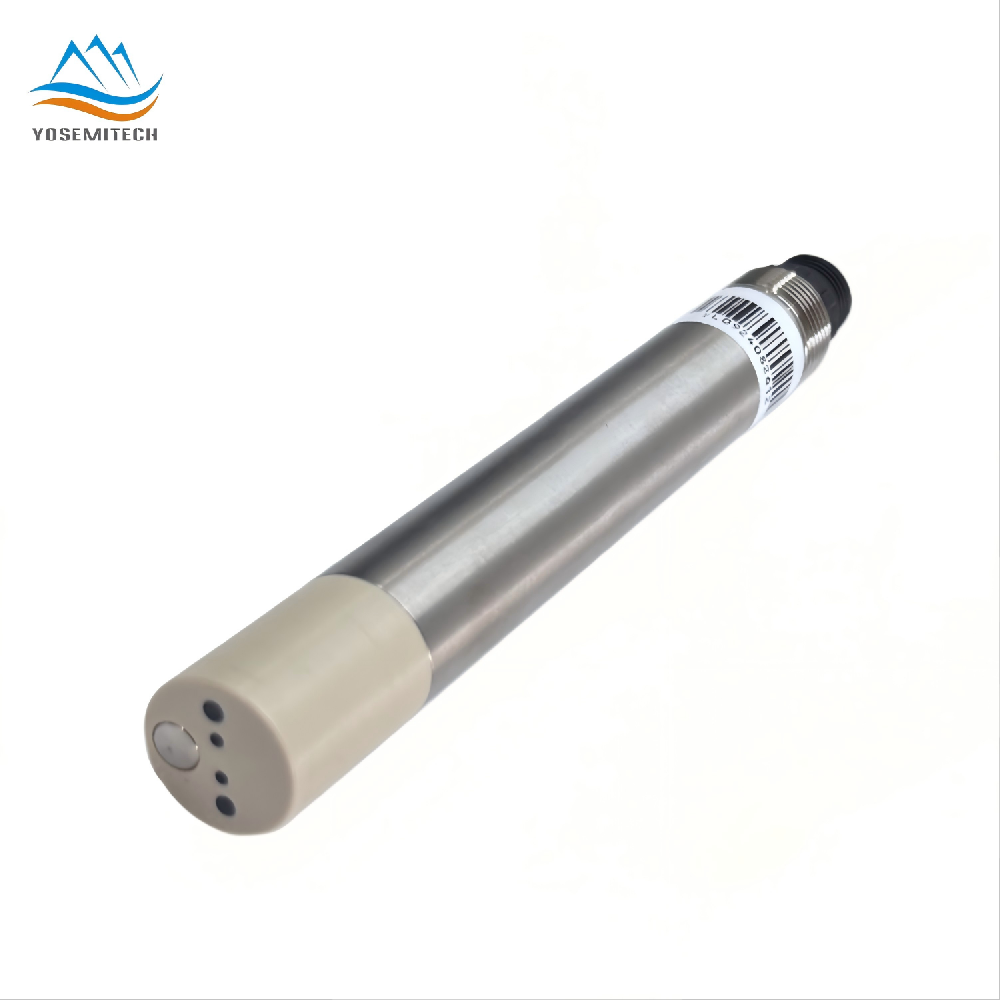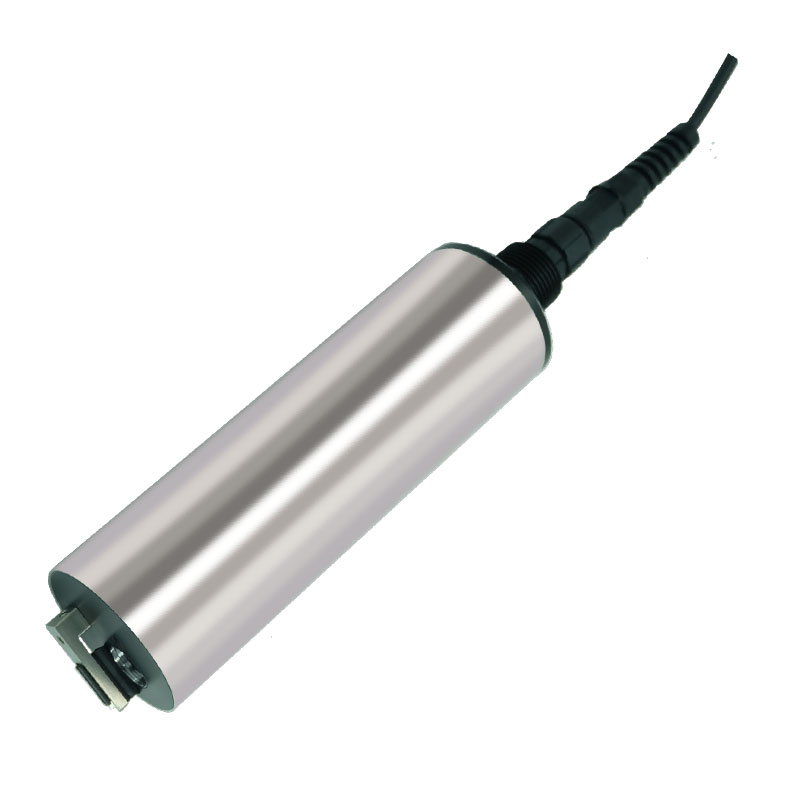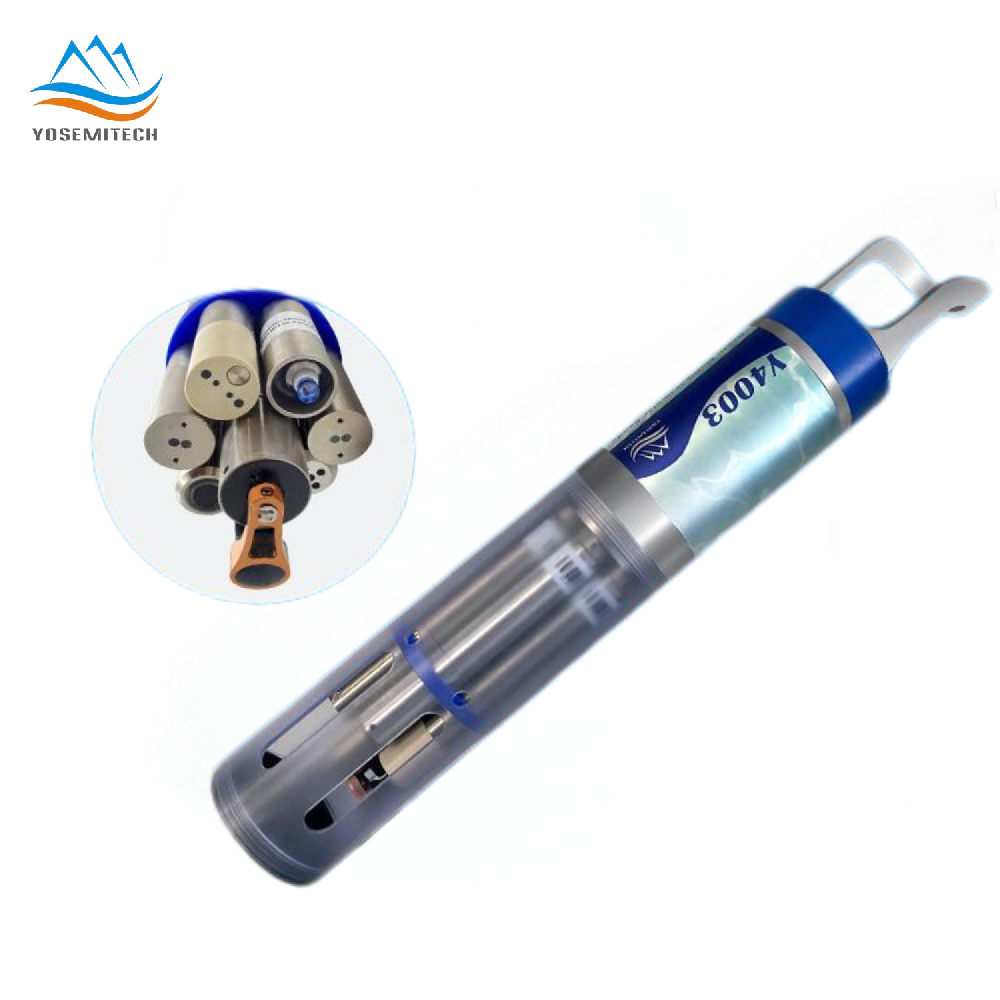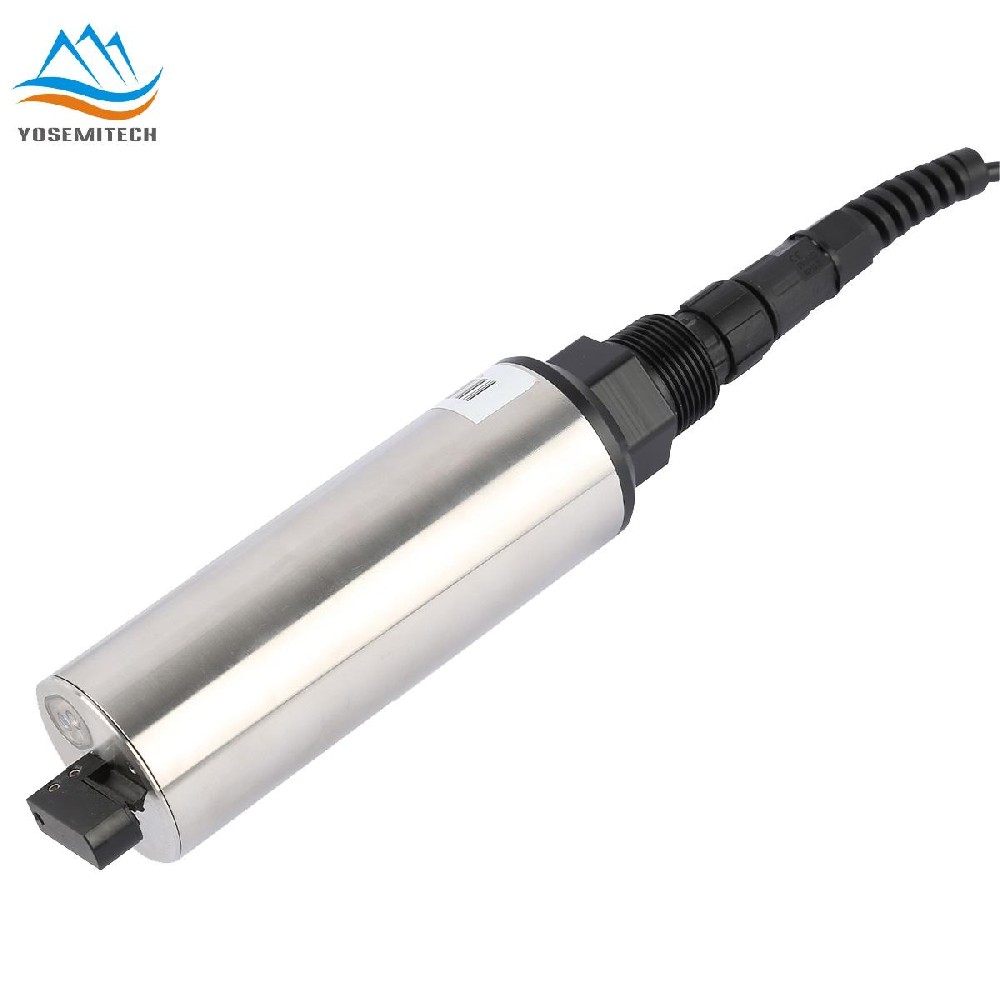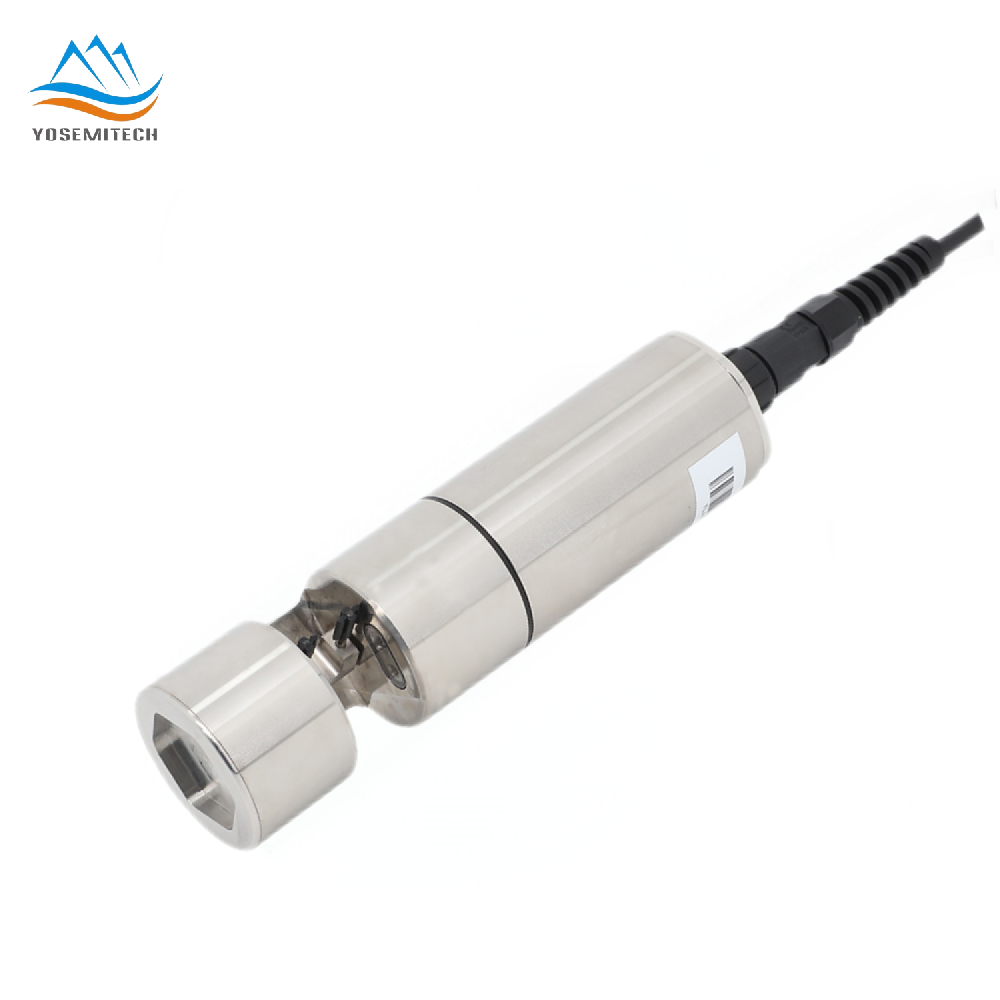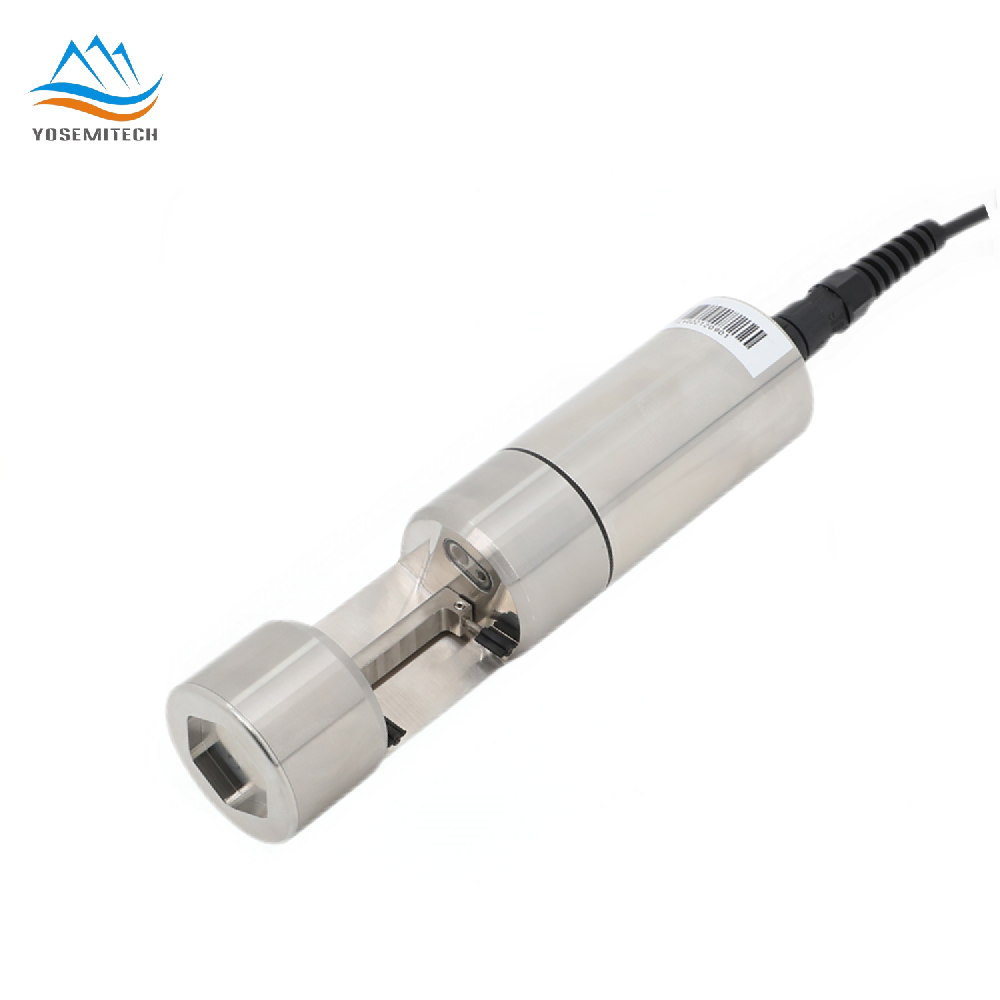Industry news
Stormwater Monitoring Parameters Guide
Writer: admin Time:2025-04-17 10:03:26 Browse:1006℃
Stormwater management is essential for thriving urban environments and safeguarding our planet's ecosystems. As urban areas grow and climate patterns evolve, grasping the intricacies of stormwater and its effects becomes ever more critical. Dive into this comprehensive guide that unravels the complexities of stormwater, addresses the pressing challenges it poses, and highlights key parameters for effective monitoring. Whether you're a city planner, environmental consultant, or passionate community advocate, this guide empowers you to implement powerful stormwater monitoring strategies, ensuring the protection of both infrastructure and natural habitats.
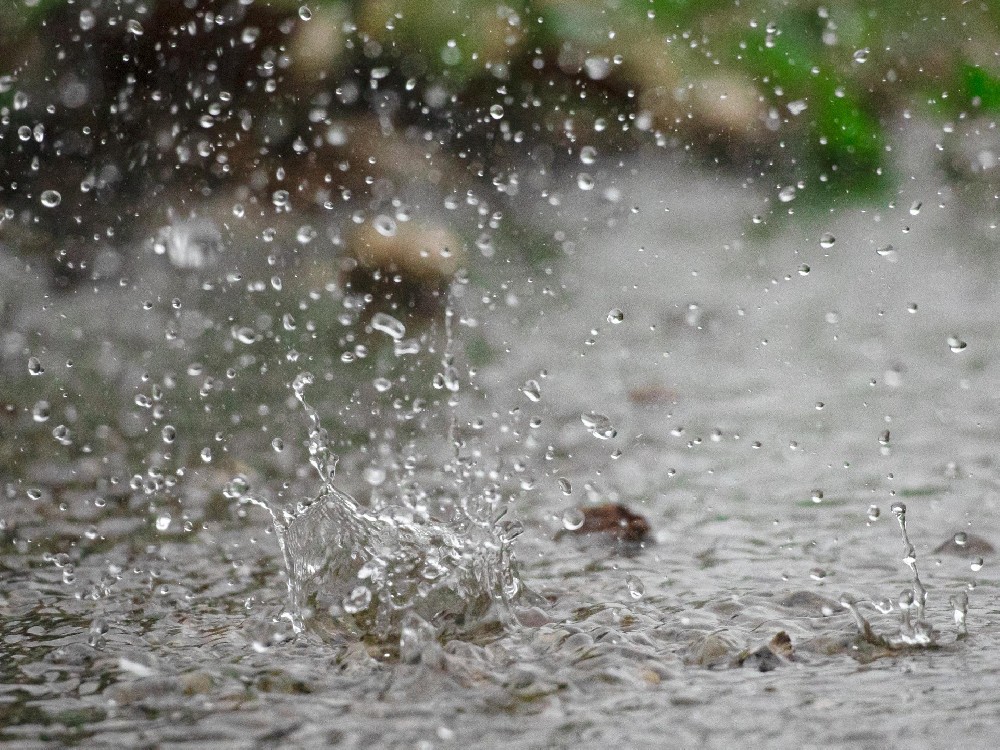
What is stormwater?
Stormwater refers to surface water resulting from rain or snow events. Unlike groundwater, which seeps into the soil to replenish aquifers, stormwater is runoff from developed areas and street drainage systems. As it flows over roofs, streets, and highways, it collects contaminants, traveling through powerful channels across impermeable surfaces. This water then enters streams, rivers, and other bodies, carrying sediments, nutrients, heavy metals, and oil residues.
From the first raindrop, stormwater gathers dirt, debris, and chemicals as it moves across various surfaces. Urban areas, with their extensive impervious surfaces like concrete and asphalt, hinder natural surface runoff. This situation increases the likelihood of pollutants being released and spread over large areas, posing significant risks to both human and ecosystem health.
What problems are caused by raw storm water?
Raw storm water is a pernicous nuisance if left unmanaged. But some of the critical problems that can easily occur are:
Flood and Infrastructure Abrasion
Urbanized areas are notorious for being ridden with too much stormwater that literally takes the form of flooding as it overflows into a citys drainage systems. Floodwater can wash roads, bridges and buildings and leave the drivers, who are walkingstreet to walkingsirens. Stormwater velocity too is erosive to infrastructure, only adding more issues in the long term and cost of repairing.
Water Pollution and Ecosystem Damage
Rain or stormwater running off to storm drains picks up pesticides, fertilizers, automotive oils and industrial chemicals that are in the first few millimeters layer of particulate. These pollutants eventually find their way into natural waterways, degrading water quality and jeopardizing aquatic habitat. Increasing the concentration of heavy metals and nutrients can impacts pH temperature which leads to shifts in microbial community structure with algae blooms or oxygen depletion — both of which are signs that something is wrong.
Erosion and Sedimentation
Stormwater, with its massive force and momentum is capable of translating soil erosion, as well of ripping away natural cover. When erosion occurs this not only leaches out the fertility of the soil but it is also dumped into nearby streams. Waterways can get clogged by sedimentation, which decreases water clarity and can hamper fish reproduction and aquatic plant growth.
Public Health Concerns
Waterborne pathogens, chemicals and other pollutants in the stormwater due to these contaminates are a great threat to health. Polluted water (whether by direct contact or indirectly from a contaminated drinking water source) can result in a variety of illnesses. With increasing frequency in urban settings where storm water may run into raw sewage or industrial discharge, the danger is compounded.
Economic Impact
The price of stormwater pollution, and all the associated infrastructure damage is a heavy one for municipalities. Other increased costs can be passed onto municipalities as failure to improve waterways, clean roads and bridges or manage flood events. In addition, businesses and homeowners can receive property value decreases in high flood frequency or water quality effected areas.
What parameters are measured in stormwater?
When it comes to managing stormwater, detailed monitoring is essential. By measuring key parameters, environmental professionals and engineers can determine the quality of runoff and predict potential issues before they become major problems. Here are the main parameters typically measured in stormwater:
Flow Rate
The flow rate refers to the volume of water passing a specific point over time. Knowing how fast and how much stormwater is moving through a system is crucial. High flow rates can signal potential flooding, overflow of drainage systems, and increased erosion. Monitoring flow rates helps engineers design infrastructure capable of handling peak flows and prevents infrastructure damage during heavy storms.
pH Levels
The pH level indicates whether stormwater is acidic, neutral, or alkaline. A pH imbalance can be an early warning sign of contamination from industrial discharges, acid rain, or even natural soil processes. Regular monitoring of pH levels helps establish a baseline for water quality and alerts managers when deviations occur that might require further investigation or remedial action.
Turbidity
Turbidity measures the clarity of the water—how much suspended material is present. High turbidity often indicates that runoff is carrying large quantities of sediment, organic matter, or other particulate pollutants. Elevated turbidity not only affects aquatic ecosystems but can also strain downstream water treatment processes. Tracking turbidity levels helps in evaluating the efficiency of sediment control measures and overall water quality.
Temperature
Temperature plays a key role in the chemical reactions and biological processes within water bodies. Stormwater temperature variations can influence dissolved oxygen levels, the solubility of various pollutants, and aquatic habitat conditions. By monitoring temperature, stormwater managers can assess the seasonal impacts of runoff and better understand the interactions between water quality and local ecosystems.
Conductivity
Conductivity measures the water’s ability to conduct electrical current, which correlates directly with the concentration of dissolved ions or salts in the water. Elevated conductivity can point to the presence of pollutants such as heavy metals, industrial chemicals, or roadway salts. This parameter is particularly useful in identifying trends in contamination levels and evaluating the overall health of the stormwater system.
Specific Contaminants
Beyond the basic physical and chemical properties, stormwater is also tested for specific contaminants that pose significant environmental and health risks. These include:
1. Heavy Metals (e.g., lead, cadmium, mercury): Even low concentrations can be harmful to aquatic life and human health.
2. Nutrients (e.g., nitrogen and phosphorus): Excess nutrients can trigger harmful algal blooms and degrade water quality.
3. Organic Compounds: These might include petroleum products, pesticides, or industrial solvents that have washed off surfaces into the stormwater system.
4. Microplastics and Emerging Contaminants: As research progresses, many programs are now also tracking newer pollutants that weren’t always considered, such as microplastics or pharmaceutical residues.
Dissolved Oxygen (DO)
The level of dissolved oxygen is significant for maintaining healthy aquatic ecosystems. Adequate DO levels support fish and other aquatic organisms, while low levels might indicate excessive organic pollution or high temperatures that reduce oxygen solubility. Regular measurement of DO can help identify stress on aquatic ecosystems caused by stormwater discharge.
Total Suspended Solids (TSS)
This parameter quantifies the small solid materials, like silt, organic matter, and microscopic particles, that remain suspended in the water. High TSS levels can reduce light penetration in water bodies, affecting aquatic plant life and causing problems for aquatic animals that depend on clear water. Monitoring TSS is essential for determining sediment loads and assessing the effectiveness of sediment control strategies.
Tips for Successful Stormwater Monitoring
Achieving accurate and actionable stormwater data requires a systematic approach:
Invest in Advanced Sensor Technology: Modern water quality sensors deliver real-time data, improving the speed and accuracy of your assessments.
Maintain and Calibrate Equipment: Regular checks and calibration ensure the reliability of automated sensors and data collection instruments.
Integrate Multiple Data Sources: Combine on-site sensor data with weather forecasts and historical records to achieve a comprehensive understanding of stormwater dynamics.
Collaborate with Experts: Work with environmental consultants, local authorities, and academic institutions to refine your monitoring strategy and interpret complex data sets.
Engage the Community: Public outreach and education can foster greater understanding of local environmental conditions and promote community-driven initiatives for better stormwater management.
Conclusion
Stormwater monitoring is a crucial aspect of modern urban planning, essential for safeguarding ecosystems and infrastructure from unregulated, high-impact runoff. By understanding stormwater, recognizing its associated risks, and measuring key parameters such as flow rate, pH, turbidity, temperature, conductivity, and specific contaminants, communities can adopt a proactive management approach. This not only prevents further environmental damage but also fosters sustainable urban development by implementing best monitoring practices. If you're interested in learning more about YOSEMITECH's wide range of sensors for stormwater monitoring, feel free to contact us.
CATEGORIES
CONTACT US
Yosemitech Technologies Co., Ltd
 +86 19984844080
+86 19984844080
 sales@yosemitech.com
sales@yosemitech.com
 Bldg,25,CECEP Industrial Park, No. 18 Dongchang Rd. Suzhou Industrial Park, Jiangsu Province,China 215126, China
Bldg,25,CECEP Industrial Park, No. 18 Dongchang Rd. Suzhou Industrial Park, Jiangsu Province,China 215126, China
